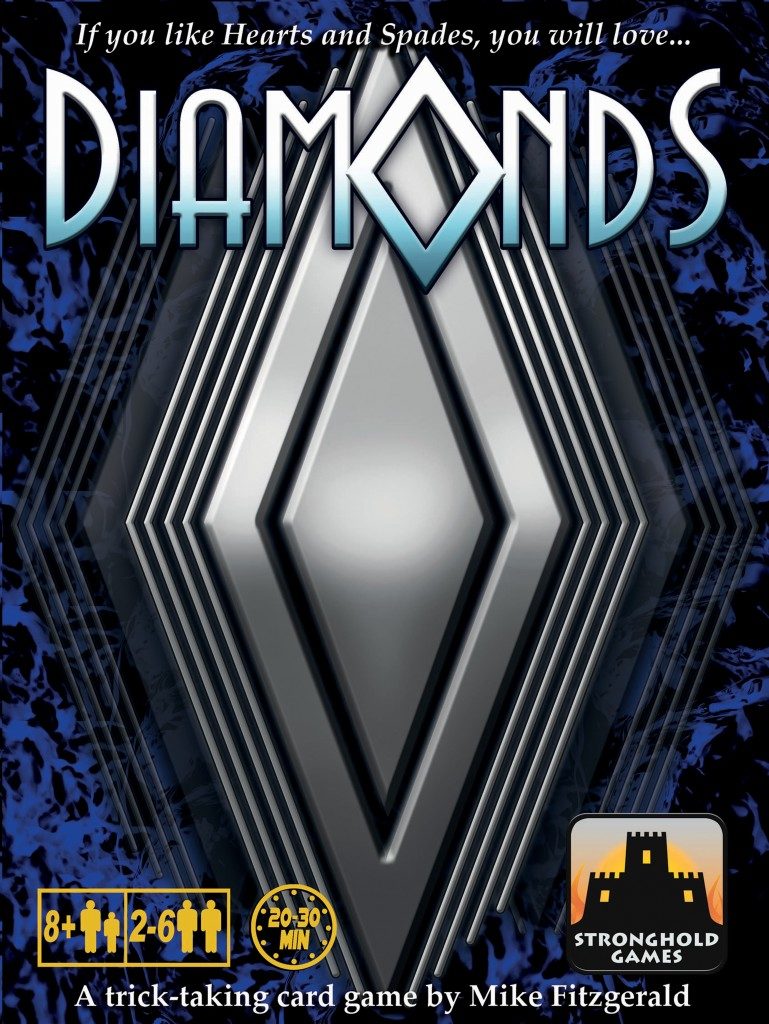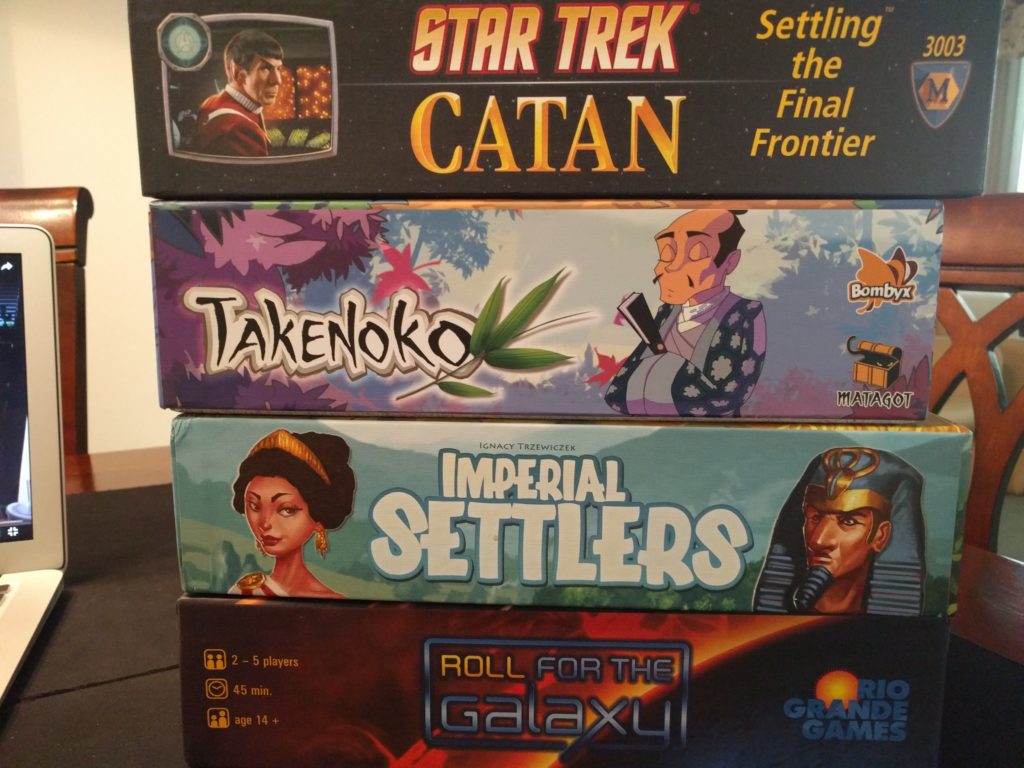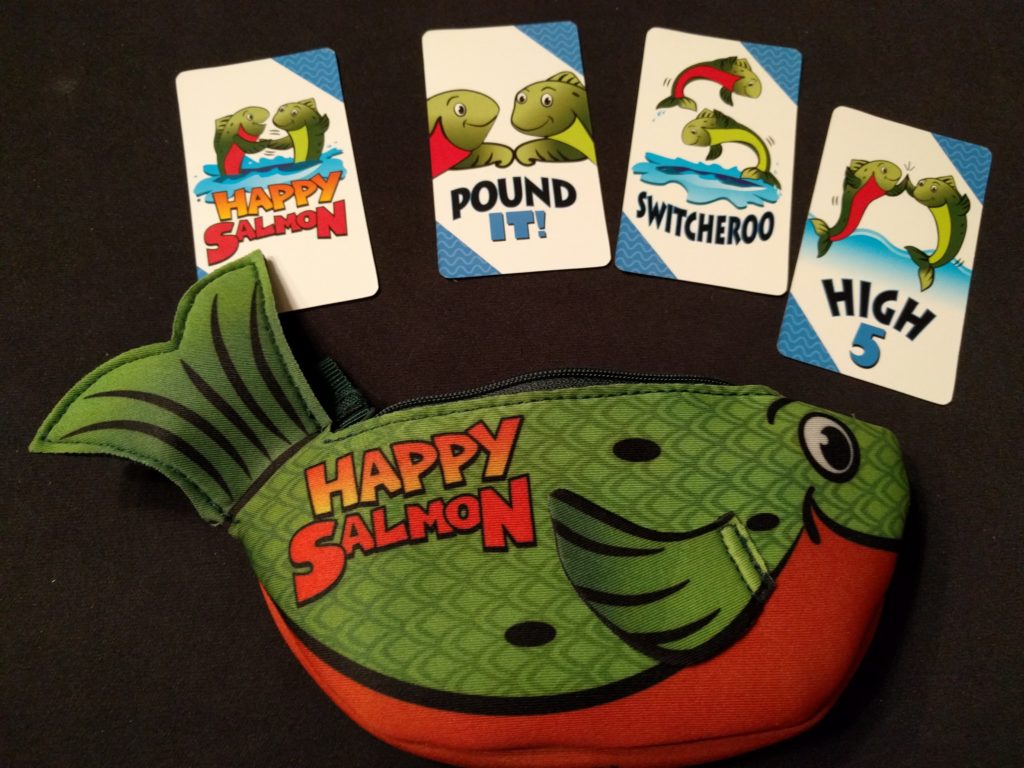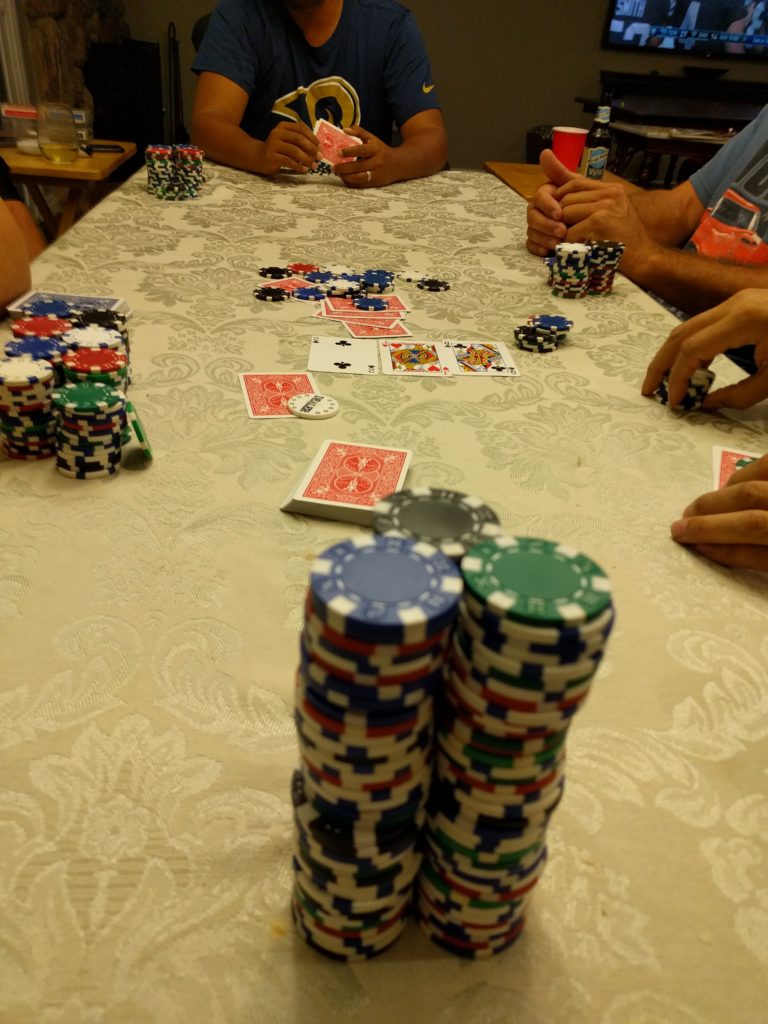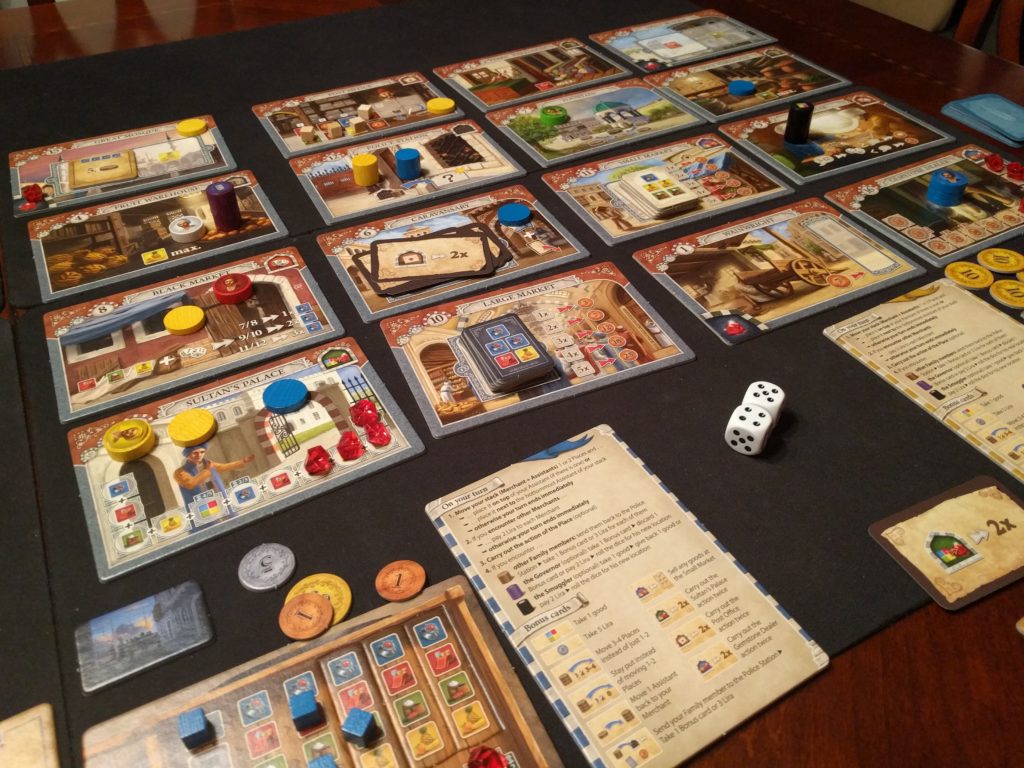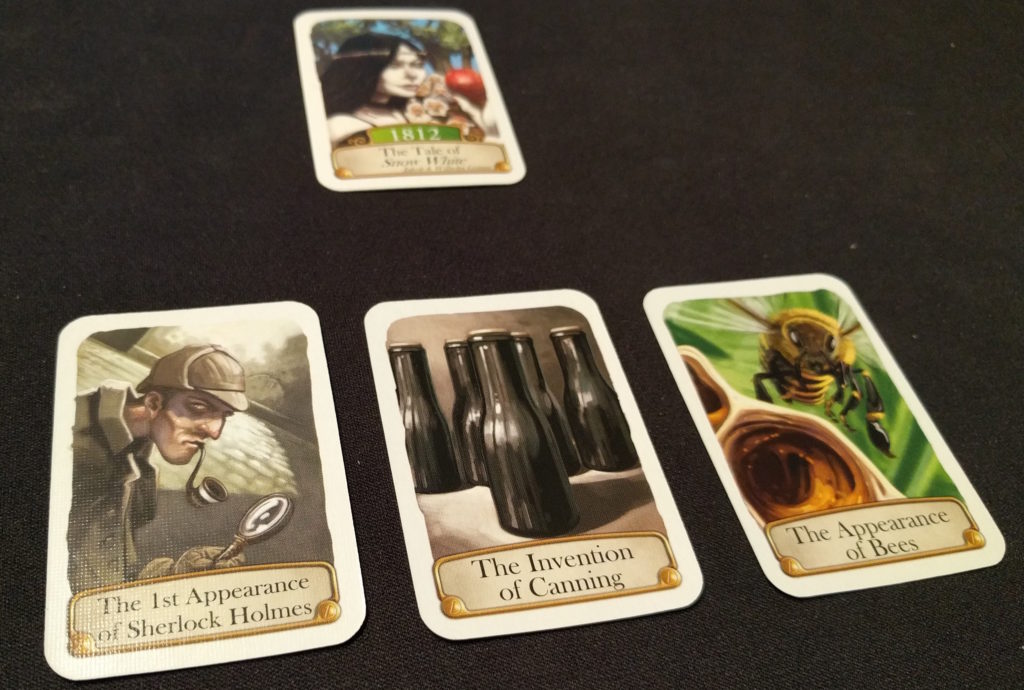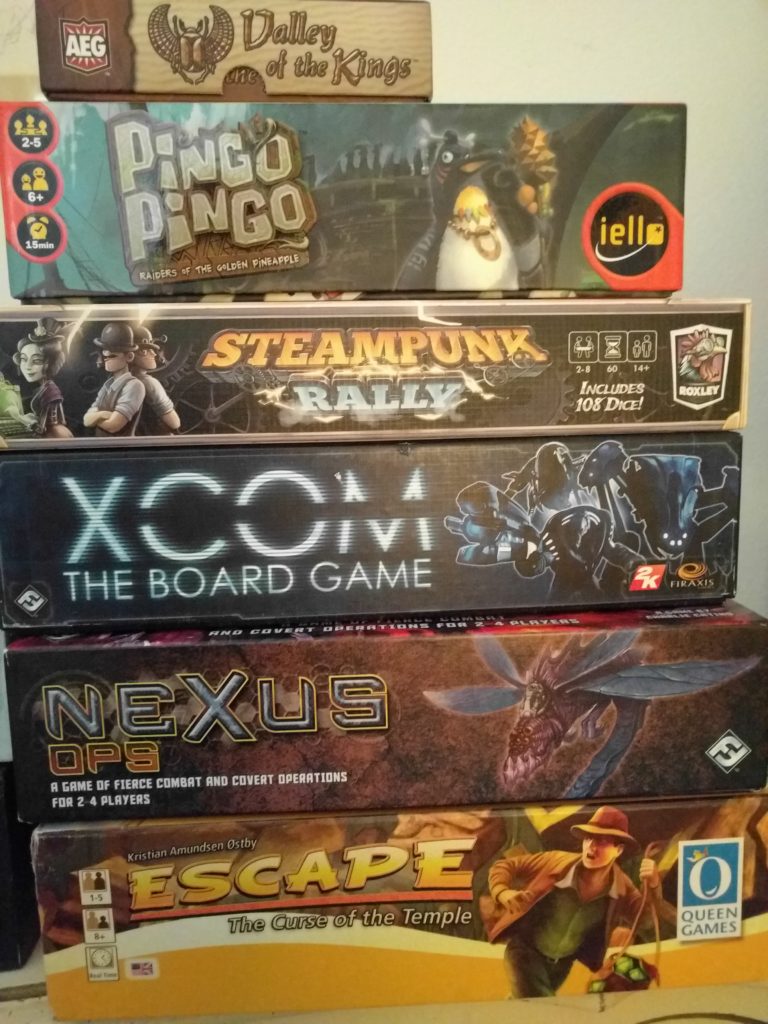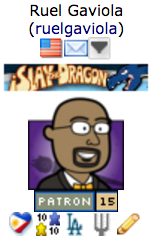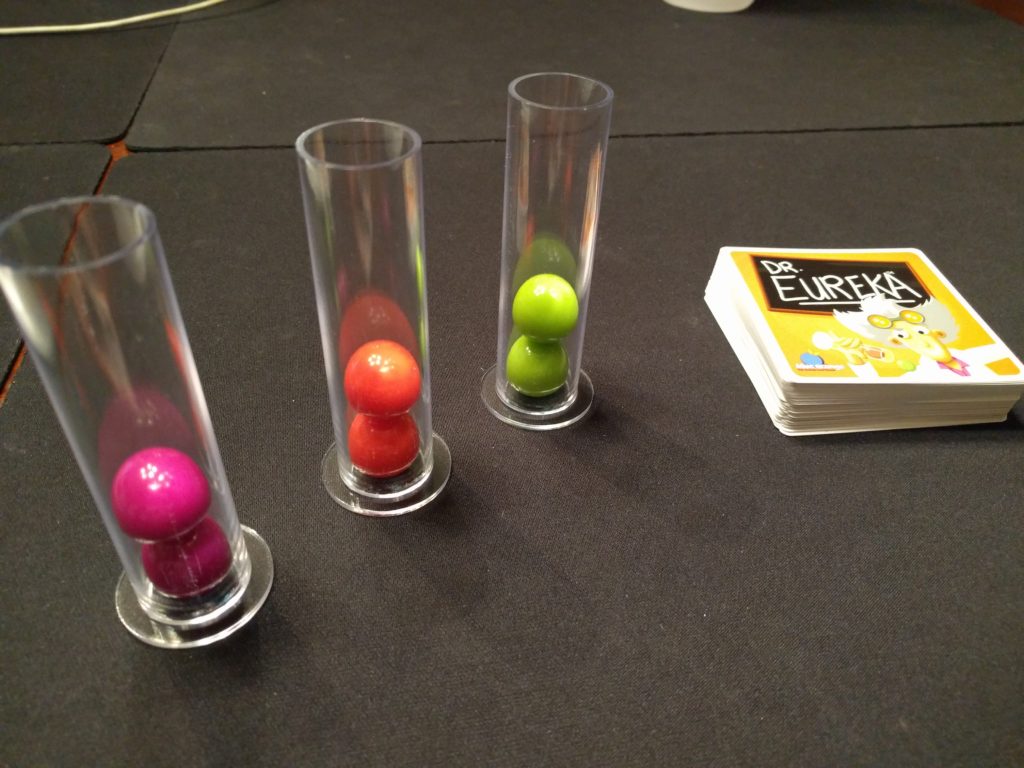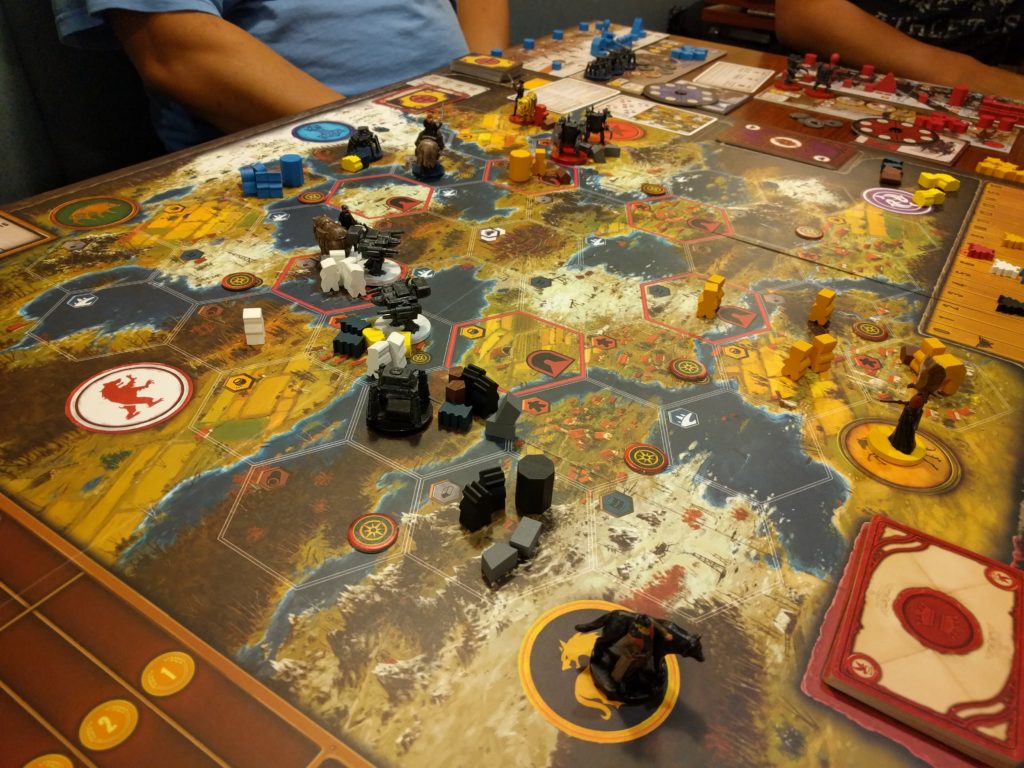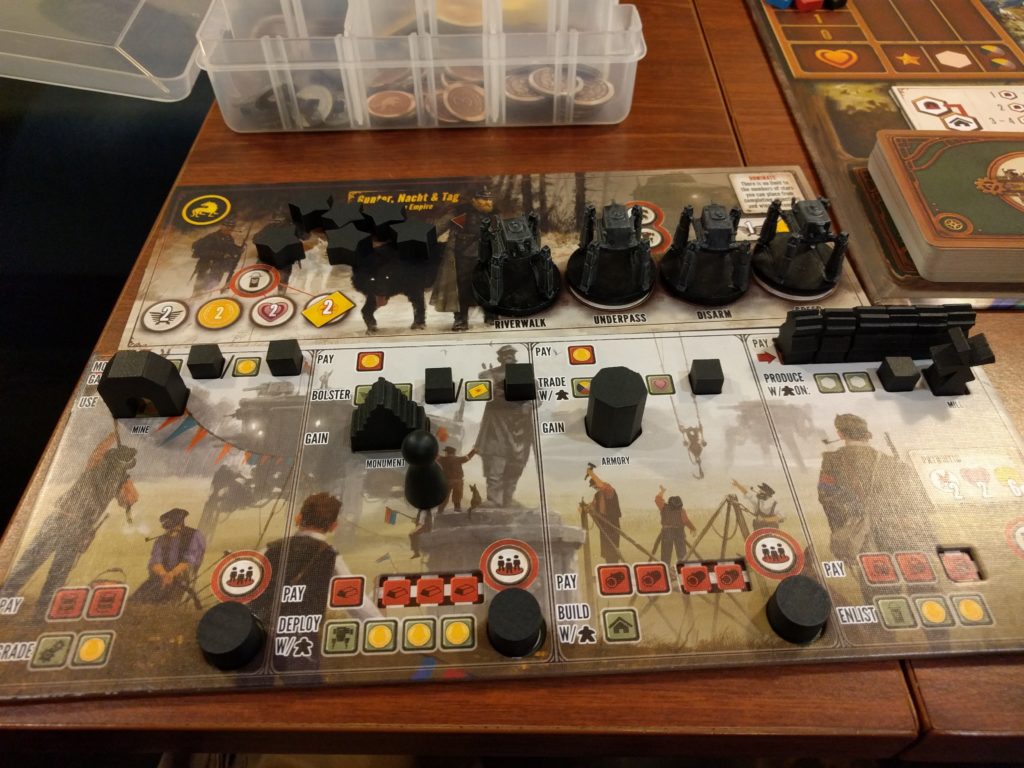I can’t believe my Blog Every Day in August Challenge is nearly over. This month has gone by FAST.
I’ve had a lot of fun writing about board games for the last 29 days. Of course, it’s not as fun as actually playing games themselves, but it’s given me a chance to connect with other gamers on Twitter. Thanks to all of you who have tweeted at me and re-tweeted me.
Today I’m writing about a game I’ve never played and don’t own, but that will change this Saturday.
This weekend is the third Strategicon event of the year, Gateway. Strategicon hosts three gaming conventions in Los Angeles each year on a three-day weekend (Orccon on President’s Day, Gamex on Memorial Day, and Gateway on Labor Day). One day I’d love to do an entire weekend, but for now I can only manage a day or two at each, which is fine by me.
As the saying goes, some gaming is better than no gaming at all (Is this an actual saying? If not, it should be).
Yesterday I shared my love of finding a good deal and every Strategicon has a flea market and math trade that are chock full of board game bargains. This Saturday I’m picking up a few games at Gateway via the flea market and one of them is Diamonds.
I’d never heard of Diamonds before, but I’m familiar with classic trick-taking games Hearts and Spades. While trick-taking games might not be my favorites, I’ve always wanted to add one to my collection (I liked Nyet!) and at a bargain price I couldn’t resist.
In Diamonds, each player is dealt 10 cards (or more, depending on player count). The cards are in the familiar four suits (diamonds, spades, hearts, and clubs) and instead of 13, there are 15 of each suit. Each player also receives a screen to represent their vault and three diamonds crystals (actual pieces, not cards) placed in front of their vault, aka their showroom. As the game progresses, they will be able to move diamond crystals behind the screen/into their vault.
To begin play, the first player plays a card face up to the middle. This is the current trick. The next player, if possible, must play a card of the same suit. All of the players do this and the player with the highest number in the current trick’s suit wins the trick. They take the cards played and place them in front of them.
What happens if a player cannot follow suit? This is what sets Diamonds apart from other trick-taking games and it’s what sold me on it. A player that cannot follow suit can play any card in their hand and take a special suit action. The suit actions are:
- Diamonds: Take a diamond crystal from the general supply and place it in your vault. Once a diamond crystal is in your vault, it cannot be taken away.
- Spades: Take a diamond crystal from your showroom and place it in your vault.
- Hearts: Take a diamond crystal from the general supply and place it in your showroom.
- Clubs: Take a diamond crystal from any other player’s showroom and place it in your showroom.
Also, after a player has won a trick, they get to take a suit action. For example, if I led with the 15 of hearts (the highest rank of any suit), I would then take a diamond crystal from the general supply and place it in my showroom.
Play continues in these tricks, with the winner getting a suit action, as well as anyone breaking suit receiving a suit action. When players are out of cards, the round is over. The player who has won the most cards in each suit receives the corresponding suit action. If a player has taken no tricks, then they get to do the diamond suit action twice.
The cards are shuffled together, dealt out, and the next round begins. Different player counts play a different number of rounds before the game ends. Players count up their diamond crystals and score points: 2x points for each diamond crystal in their vault (behind their screen), and 1x points for each diamond crystal in their showroom.
I love how the diamond crystals and the vault screen are integrated into play, with the theme being perfect for the game. Normally I wouldn’t be this fired up about a new take on a classic card game, but Diamonds takes well-known mechanisms and injects life into them with a few nifty actions. I can’t wait to play it.

